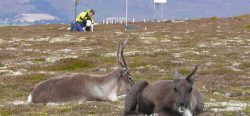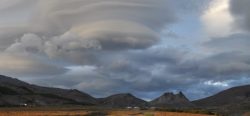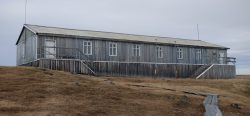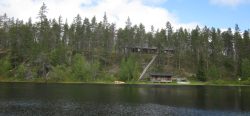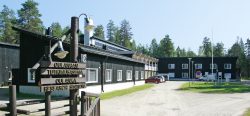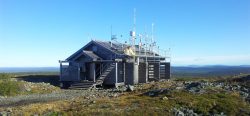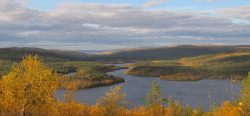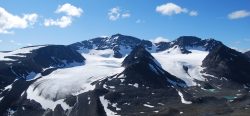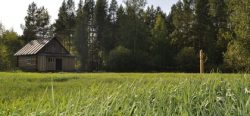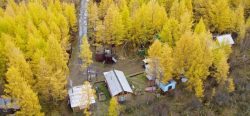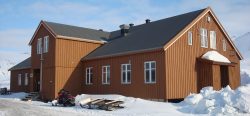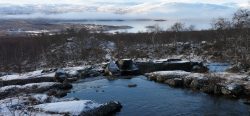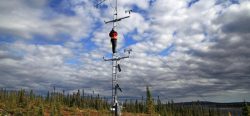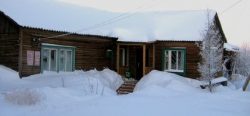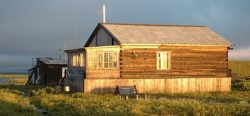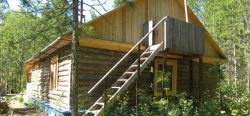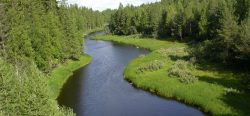STATION NAME AND OWNER
M’Clintock Channel Polar Research Cabins is a collaboration between Gjoa Haven Hunters and Trappers Organization and Queen’s University in Canada.
LOCATION
The M’Clintock Polar Research Cabins are situated along the coast of M’Clintock Channel (68°37’ N, 95°52’ W), Nunavut in Canada. The nearest community is Uqsuqtuuq (Gjoa Haven) in the Kitikmeot region of Nunavut.
BIODIVERSITY AND NATURAL ENVIRONMENT
In biological science, M’Clintock Channel is possibly most famous for its polar bears. The M’Clintock Channel sub-population estimate is 284 polar bears, based on mark-recapture work completed in 2000. There is low harvest on the polar bears, and the population is thought to be increasing from reduced numbers. The area has the classic floraThe plants that live in a particular region, habitat or time (such as geological period like the jurassic). For animals, we use the term fauna, and to collectively refer to all... More and faunaThe animals that live in a particular region, habitat or time (such as geological period like the jurassic). For plants, we use the term flora, and to collectively refer to all... More of this part of Nunavut, incl. ringed seals, geese, gulls, turns, waders (shorebirds), etc. The M’Clintock Channel is 274 km long, and between 105 to 209 km wide, making it one of the largest channels in the Canadian ArcticDefinitions of the Arctic vary according to environmental, geographical, political, cultural and scientific perspectives. Some scientists define the Arctic as areas having a high latitude, long winters, short, cool summers,... More Archipelago.
HISTORY AND FACILITIES
The cabins are maintained by Gjoa Haven Hunters and Trappers Association, and the research is run in collaboration with Queen’s University, Kingston, Ontario, Canada. The community of Gjoa Haven
has made significant steps in compiling local Inuit knowledge regarding polar bears. A critical part of this work has been the use of the Hunter and Trapper Organization cabins on the coast of M’Clintock Channel. These cabins are critical staging points for the extensive sea-ice work involved in the polar bear surveys and the collection of Traditional Ecological Knowledge on polar bears. In 2009-10, the Canadian government’s ArcticDefinitions of the Arctic vary according to environmental, geographical, political, cultural and scientific perspectives. Some scientists define the Arctic as areas having a high latitude, long winters, short, cool summers,... More Research Infrastructure Fund allocated finances to refurbish and upgrading the cabins for scientific and traditional research on polar bear and other wildlife in the region.
GENERAL RESEARCH AND DATABASES
Polar bear research made by scientists supplemented with traditional Inuit knowledge has been the focus of the research at the M’Clintock Channel Research Cabins. For more information, please contact the Gjoa Haven Trappers and Hunters Association.
HUMAN DIMENSION
The nearest community is Uqsuqtuuq (Gjoa Haven), a hamlet with a primarily Inuit population of over 1100 people. Gjoa Haven has two grocery stores, a hotel, a police station, a fire department, and a health care facility, as well as local administration offices.
ACCESS
Gjoa Haven has a small airport and an annual sealift. Flight connections are to Yellowknife, Northwest Territories, and destinations in Nunavut, such as Cambridge Bay.

